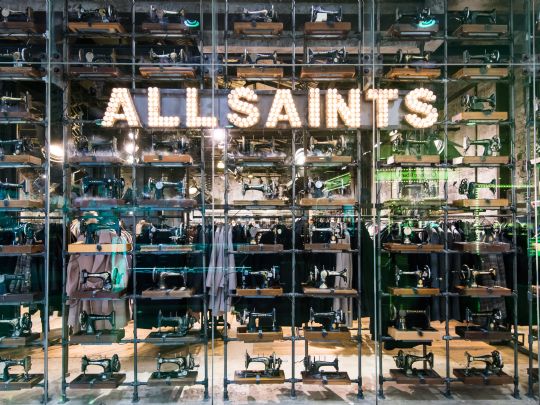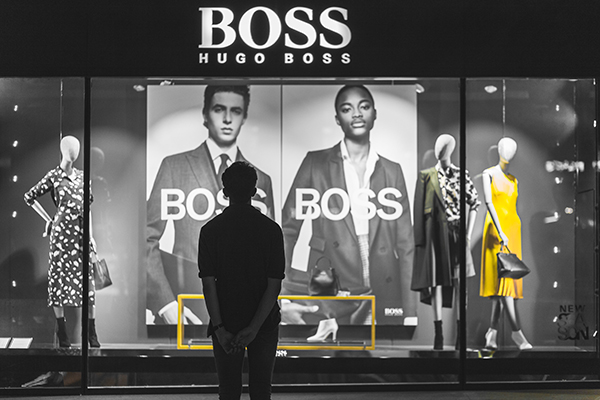New research has revealed that 37 per cent of Generation Z’s (those aged 16-24) think access to online shopping has made them more impatient while shopping in-store, while 41 per cent of those aged under 40 prefer to shop online rather than in-store, due to a combination of convenience (81 per cent), cost (63 per cent), lack of queues (64 per cent) and choice (61 per cent).
This is according to research from merchant services provider Paymentsense and daily consumer perception research service YouGov BrandIndex.
In 2017, card payments overtook cash as the most frequently used payment method in the UK, but the study found that over 31 per cent of British consumers would prefer to use alternative methods of payment, including fingerprint scanning (26 per cent), retina scanning (16 per cent) and embedded microchip payments (nine per cent).
Analysis of more than 24,000 tweets over the last 12 months showed that the most impatient time for in-store purchases was the week prior to Christmas, with a 300 per cent spike in tweets expressing consumer frustrations. However, for online purchases there was no significant peak throughout the year.
Although technology may be a cause of the rising level of impatience, it also looks to be the solution, as 46 per cent of Gen Z feel smart technology within the store environment would improve their experience.
The research also revealed that 52 per cent of Gen Z who prefer online shopping said it was because it provides more flexibility regarding the time of payment, compared to only 26 per cent of over 55’s who prefer online shopping.
On average, a third of British consumers would welcome more self-service checkout machines, while almost as many would welcome smart technology solutions to help alleviate the inability to find physical products, and a quarter of respondents would welcome a hybrid in-store/online experience whereby a customer can purchase online immediately while in-store.
Guy Moreve, chief marketing officer at Paymentsense, said: “The in-store experience starts the moment a consumer sets eyes on the storefront, and their last interaction before they leave is paying for any goods or services.
“A long queue, a faulty payment device, or a ‘cash-only’ sign not only frustrates consumers but will stop them from returning – it is imperative businesses react and ensure they’re delivering the complete service demand by their customers - failure to do so will hinder their growth and continued success.”
Latest News
-
What’s next for retail in 2026?
-
The most read Retail Systems stories of 2025
-
Carrefour opens AI-powered microstore in Belgium
-
Chief information officer at Subway departs
-
Three-quarters of UK shoppers 'put security first' for online payments, finds AmEx research
-
Deichmann rolls out new order fulfilment platform
Beyond Channels: Redefining retail with Unified Commerce
This Retail Systems fireside chat with Nikki Baird, Vice President, Strategy & Product at Aptos will explore how unified commerce strategies enable retailers to tear down these barriers and unlock new levels of operational agility and customer satisfaction.
The future of self-checkout: Building a system that works for consumers and retailers
In this webinar, industry leaders discussed what the future of self-checkout looks like and how retailers can make the technology work for everyone.
© 2024 Perspective Publishing Privacy & Cookies










Recent Stories